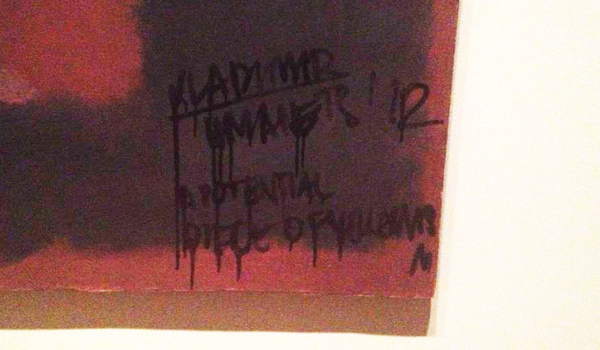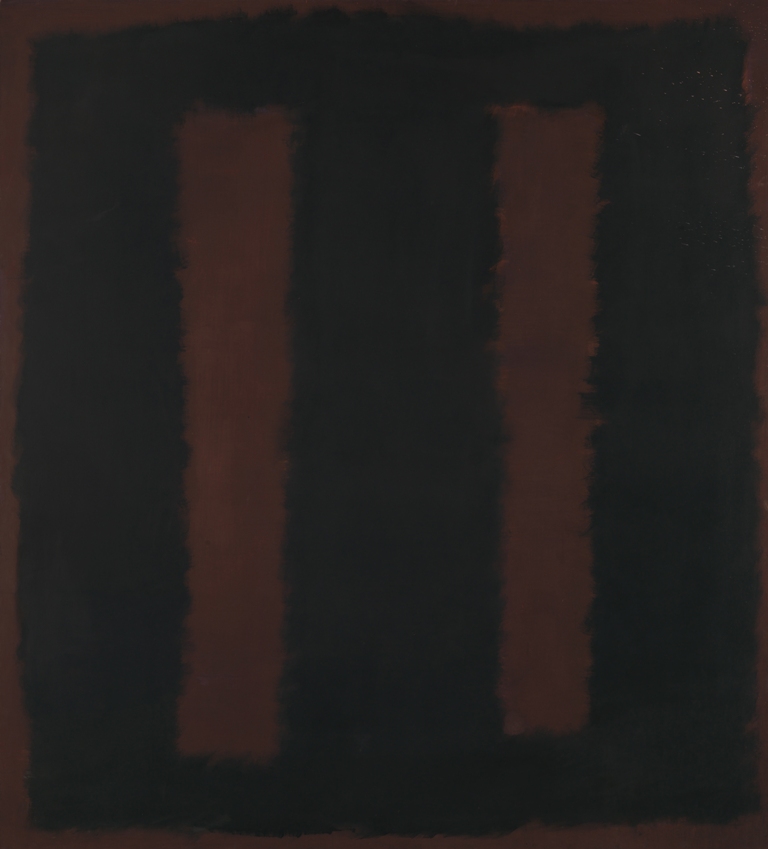Art & Exhibitions
Defaced Rothko Returns to Tate After Restoration



Mark Rothko, Black on Maroon (1958)
Photo: Tate © Kate Rothko Prizel and Chistopher Rothko/DACS 2014
Vandalized by a self-proclaim artist-activist in 2012, Mark Rothko‘s Black on Maroon (1958) is back on public view after an extensive restoration project that lasted 18 months.
The painting belongs to Rothko’s acclaimed Seagram murals. Originally intended for the Four Seasons’ restaurant in New York, the series was donated to Tate in 1970. It is displayed in the Rothko Room at Tate Modern, one of the institution’s most popular exhibits.
In October 2012, a man calling himself Vladimir Umanets went up to the priceless painting, and tagged his name as well as the intriguing phrase: “This is yellowism.”
The tagger claimed to belong to an alternative art movement loosely based on the ready-made principles of Marcel Duchamp. According to the Yellowists, a signature added to any artwork is enough to include the piece in the movement. Umanets, whose name is an anagram for “I’m True Vandalism,” claimed his gesture was a protest against the complacency of the contemporary art world.

He was quoted saying: “I believe that if someone restores the [Rothko] piece and removes my signature the value of the piece would be lower but after a few years the value will go higher because of what I did.”
Umamets’ act of vandalism caused huge public outcry and the Tate teams immediately started on an ambitious restoration project, which came to completion today. The ink of the tagging pen had penetrated several layers of paint on the piece, in some places soaking the canvas itself.
After numerous tests to determine the exact composition of these layers, included on another canvas primed with maroon paint donated by the Rothko family, the team of conservators established which was the most suitable solvent to remove the ink: a blend of benzyl alcohol and ethyl lactate. Reversible, conservation grade materials were then used to restore the surface of the work.
“The Rothko family has been repeatedly impressed by the thoroughness and dedication of the Tate conservation team,” commented Christopher Rothko. “They have realized the only satisfactory resolution to a terrible situation: the work is once again on display for the public as our father intended.”